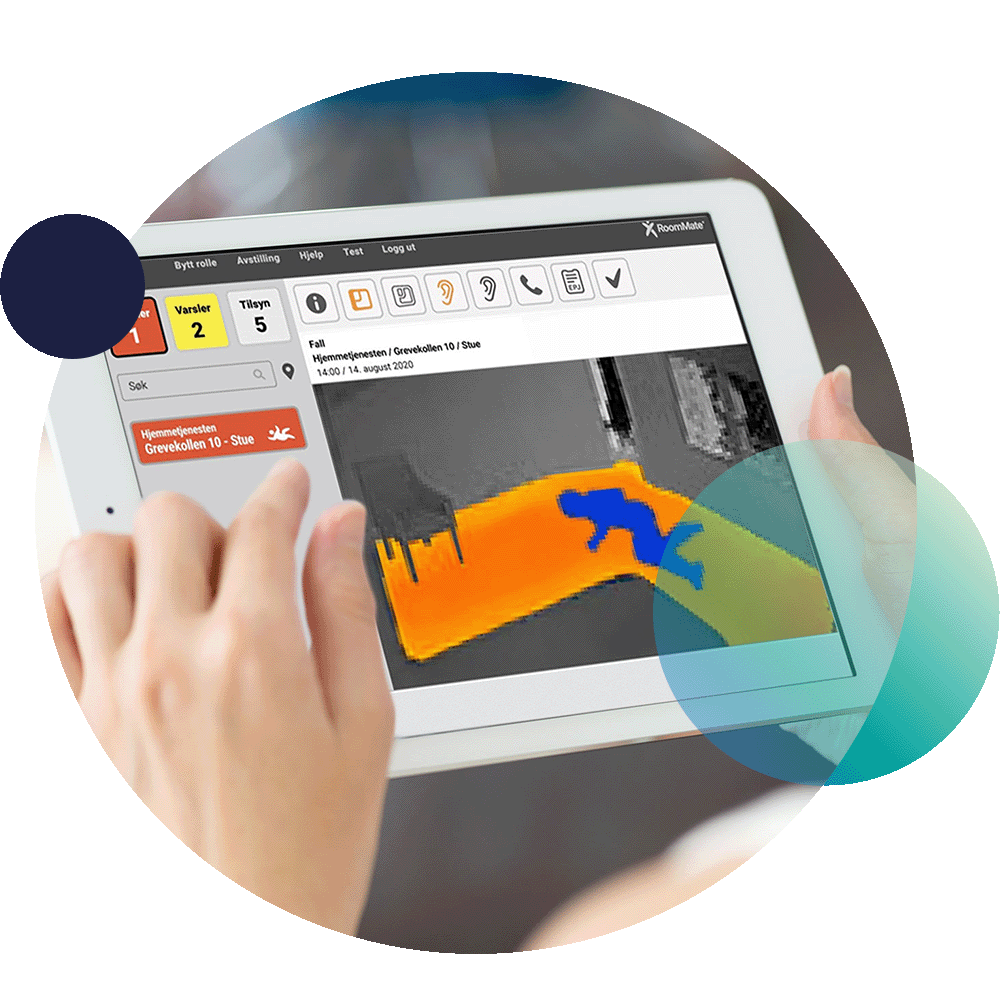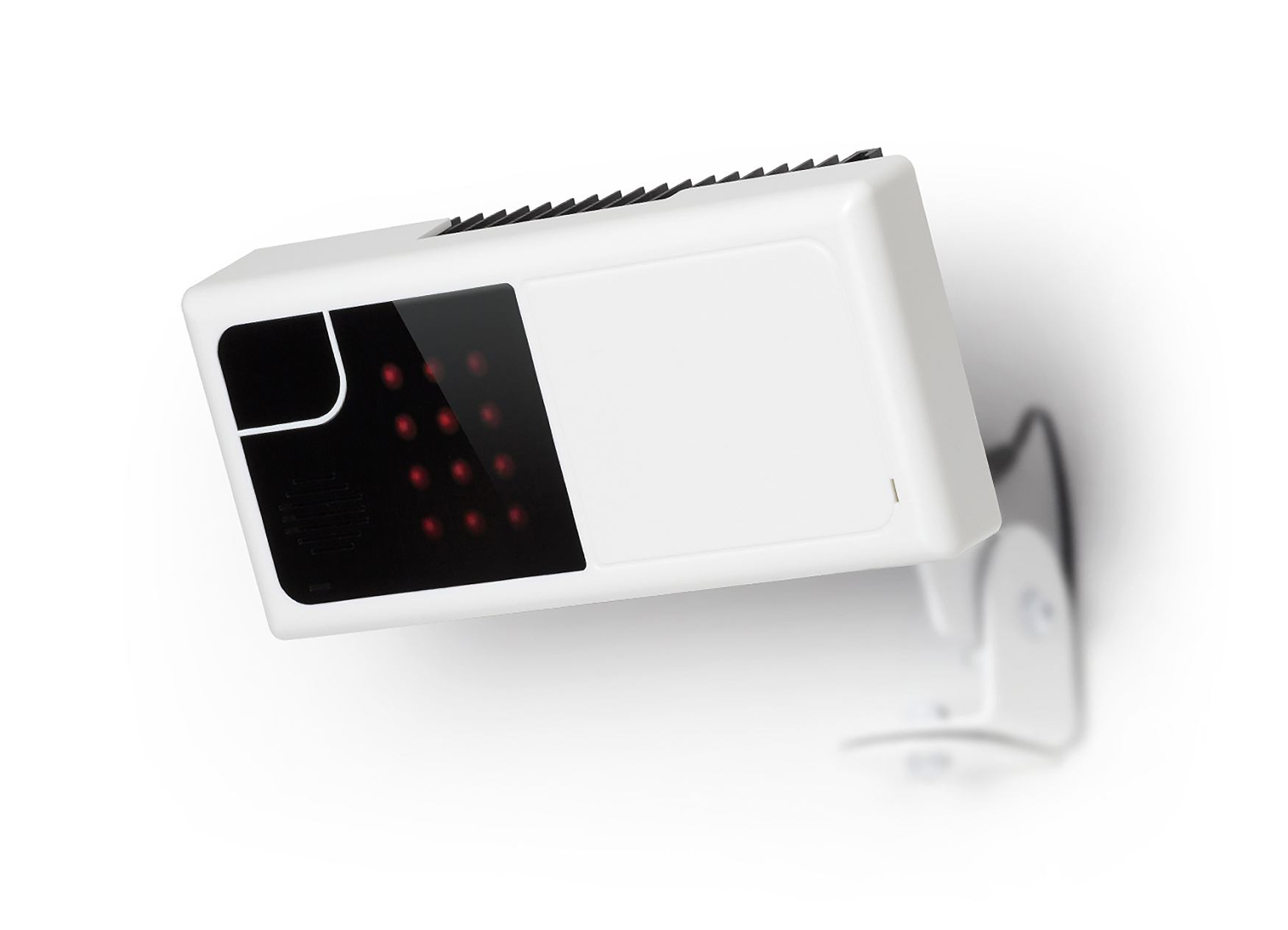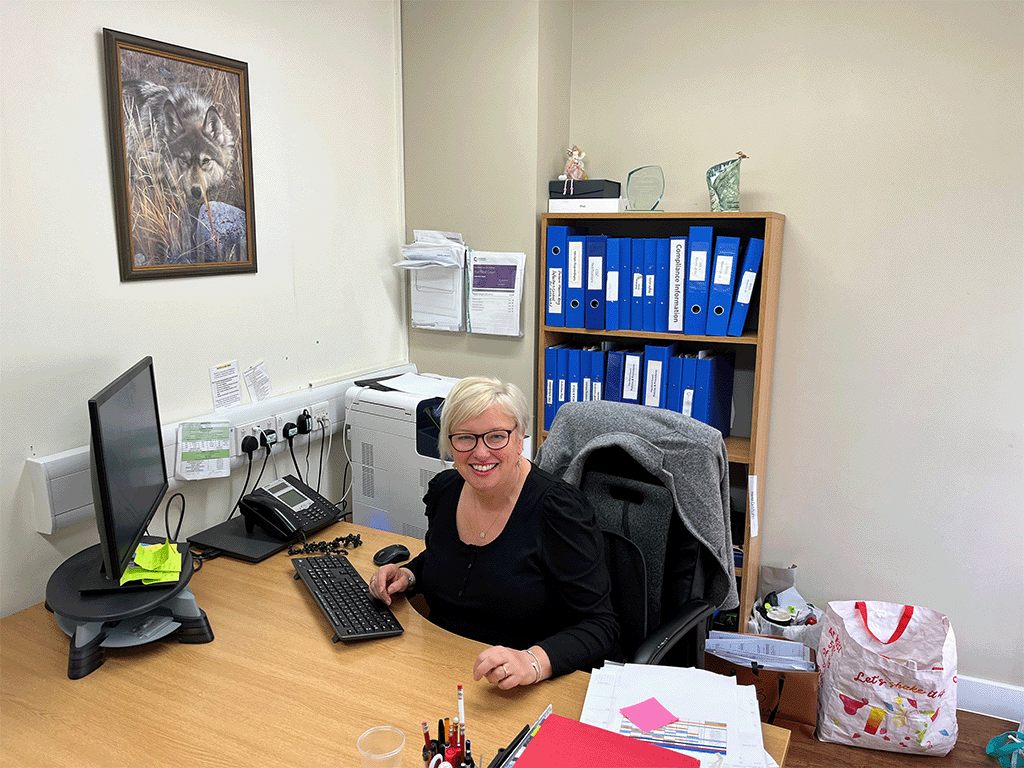Digital supervision
Digital supervision gives you a full overview of residents via mobile or the overview panel, and you can react quickly with physical supervision, when necessary, where necessary. Digital supervision makes it possible to reallocate resources from night to day – to the benefit of residents and care teams.

Get the most out of limited staffing
The issue of understaffing is common knowledge in the care sector. With digital supervision, care teams are able to see an overview of all the residents and so are better able to prioritise their time optimally.
Increased security and quality of life
Less physical supervision at night results in better sleep. This results in better-rested residents who are less prone to falls during the day. Digital supervision also provides faster assistance when needed, and thus fewer late-stage injuries if an accident occurs.
Digital-first, physical when needed
With digital supervision, care teams receive automatic notifications when a resident needs help or is in a potentially dangerous situation. This allows the a member of the team to quickly attend a resident in person where needed.
Digital supervision prevents falls
Digital monitoring makes it possible to quickly intervene by alerting care teams of potentially dangerous situations. In this way, falls can be prevented, which saves residents from unnecessary accidental falls and long-term injury.
Anonymous view, or with a picture
Digital supervision is carried out when necessary by an active or passive triggering of an alarm. The picture is completely anonymised unless you want a more detailed picture. In this way, requirements for security and privacy are met.
Digital supervision improves quality
You get a continuously updated, monitored status of each resident. Fixed, physical inspections are only able to provide an in-the-moment assessment, digital supervision allows for continued support to the resident after physical inspection has been carried out.
Sensio offers several solutions for Digital supervision

RoomMate
A revolutionary safety sensor that replaces a number of other sensors. RoomMate can be used for digital monitoring, passive notification in potentially dangerous situations, fall prevention, and as decision support for individual follow-up and treatment
What is digital monitoring?
Digital monitoring can also be called remote monitoring, digital supervision, passive supervision, or passive monitoring and is a digitisation of physical supervision, where one or more sensors warn of unwanted events. The most advanced digital inspections are carried out by a sensor in the resident's room detecting a dangerous event and sending a notification with an image to a screen to which a care worker has access. This means that care teams can carry out digital inspections first, and then physical inspections if necessary and not according to a fixed schedule. Digital inspections should, therefore, not replace all physical inspections but be a supplement often used before a physical inspection is considered.
Why do you use digital monitoring?
Digital supervision helps to increase the safety and dignity of people who need supervision, which is also reassuring for their next of kin. Furthermore, through the use of digital supervision, care teams will have more time for care and meaningful work.
Residents and patients know that those with digital supervision are looked after and can quickly get help if potentially dangerous situations arise, or if an accident occurs and they experience a fall. At the same time, digital supervision is not the same as surveillance. There are solutions that carry out the digital inspection anonymously, so that privacy is well safeguarded.
With digital supervision, residents will also be able to sleep well through the night, without being woken by physical supervision if there is no need for it. In this way, a supported resident will have more energy and zest for life throughout the day, and exhibit less distressed behaviour.
Many institutions that adopt digital supervision find that they can move resources from night to day. This provides both financial efficiency, as well as less shift work for care teams.
Digital supervision is particularly important for people with dementia who have impaired cognitive function and are not always able to warn if they might fall. With digital supervision and passive notification, people with dementia will receive responsive care if they fall.
How do you best use digital supervision?
Digital supervision enables a digital transformation of working methods, which saves a lot of time. Carry out a digital inspection when necessary, for example when an alarm is triggered. Then quickly assess whether there is a need to talk to the resident via the digital solution, whether you are going to carry out a physical inspection, or whether the digital inspection is enough to handle the situation.
Who can use digital supervision?
- 24-hour services (nursing homes, supported living facilities etc.)
- Home-based services
- Live-in services
- Services for the disabled
- Addiction/mental health service and cross-disciplinary team for follow-up
Don't listen to us - listen to our satisfied customers

Hartford Care reduces falls with revolutionary safety sensor
Falls are one of the biggest challenges in elderly care. Hartford Care was the first care home in the UK to trial a pioneering technology to reduce falls. What are their experiences a couple of months after implementing the technology?

Herron Hill steps into the future with digital supervision
Falls are one of the biggest challenges in elderly care in the UK, and Herron Hill has taken a step to help falls prevention in the institutional care facility. How has the first couple of months been?
